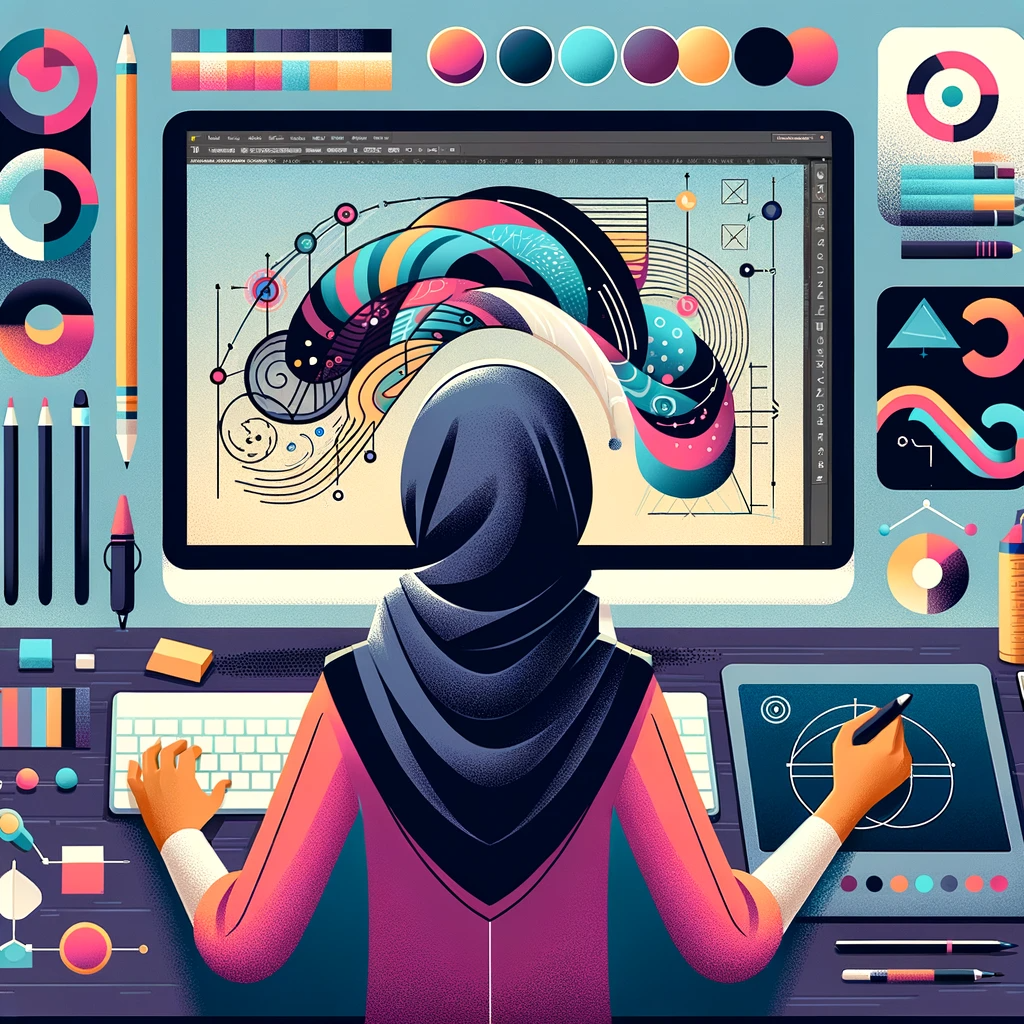Grafika wektorowa to dzisiaj standard – zwłaszcza jeśli chodzi o druk. Łatwa w skalowaniu, zajmująca niewiele miejsca na dysku i podobnie łatwa w edytowaniu. Jednak jak funkcjonują „wektory” od środka? Co sprawia, ze są tak popularne i dlaczego tak różnią się od „normalnej” grafiki.
Mimo że wydaje się ona nowoczesna i futurystyczna wcale wymysłem nowym nie jest – już w 1982 roku na rynku cyfrowym istniała konsola vectrex opierająca całą swoją grafikę właśnie na wektorach. Jak to możliwe? Grafika wektorowa to przede wszystkim krzywe – matematyczne. Uproszczając: każdy kształt w grafice wektorowej opisać możemy matematycznym wzorem podobnie jak robiliśmy to w szkole rysując wykresy funkcji. Z tego też powodu tak łatwo ją rozciągać czy skalować nie tracąc na „ostrości” grafiki. W praktyce oznacza to jedynie bowiem zmianę parametrów „rysowanego wykresu”. W przypadku standardowej grafiki (rastrowej) oznacza to faktyczne rozciąganie ściśle określonego kształtu złożonego z malutkich kwadracików. Ponieważ w wyniku takiego przekształcenie komputer musi „uzupełnić braki” tworzy on w brakujących miejscach nowe piksele, których kolor obliczany jest na podstawie „chłodnej kalkulacji” algorytmu.
Dlatego też zazwyczaj rozmiary plików grafiki wektorowej są sporo mniejsze niż te rastrowej – plik musi bowiem jedynie przechowywać „wzór funkcji” rysującej pojedyncze kształty oraz ich kolor – grafika rastrowa musi „znać” położenie i kolor każdego piksela z osobna. Dlaczego zazwyczaj? Otóż grafika wektorowa z racji na swoją charakterystykę wykorzystywana jest do „rysowania” prostych elementów – logo, mapy, herby, godła, znaki, postaci, komiksy. Bardzo ciężko za jej pomocą uzyskać efekt „fotorealistycznej” ilustracji. Oczywiście liczne profile na behance czy artstation udowadniają, ze nie ma nic niemożliwego, ale w praktyce decydując się na fotorealistyczny wektor musimy liczyć się z dużo większym obciążeniem pamięci – z uwagi na zatrważającą ilość obiektów składowych.
Poligrafia środowiskiem naturalnym wektorów
Tytuł nie na wyrost. Wszelkiej maści zdobienia przedmiotów czy akcydensy to zdecydowanie gałęzie w których wymagane jest operowanie wektorami – uzyskanie dobrej jakości druku wydaje się sporo łatwiejsze gdy za bazę mamy precyzyjnie zdefiniowane kształty, a nie grafiki budowane z małych kwadratów których ostrość zależy od ich zagęszczenia. Jeszcze większy rygor zaobserwować można w procesach cięcia, dekoracji laserem czy haftu przemysłowego, gdzie „bez wektorów ani rusz”.
Takie rozwiązanie wydaje się w pełni uzasadnione – komputery operujące na geometrycznych kształtach przetworzą grafiki szybciej, lepiej dając ostrzejszy obraz o większej przewidywalności druku. Jakiekolwiek próby zakłócenia tego ekosystemu grafiką rastrową wydają się dlań nienaturalne i bezcelowe podobnie jak próba przeniesienia wektorów do świata fotografii czy retuszu.

